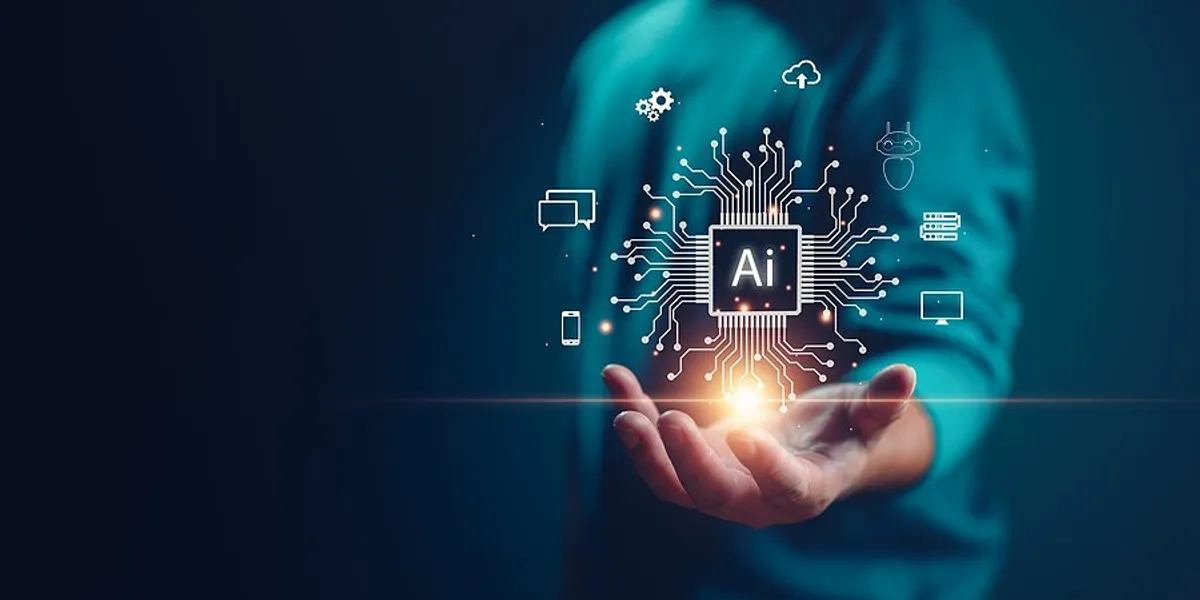In a world where technology advances at a breakneck pace, the debate over automation and human labor is more important than ever. Consider this: a factory floor where robots meticulously assemble cars while humans supervise and make crucial decisions. This harmonic combination of automation and human intelligence presents a positive picture of the future workplace. As businesses rapidly use AI and automation, the challenge is to strike a balance between these advances and the unique attributes that only humans bring to the table. This article will look at how we may strike this delicate balance, such that the advent of technology complements rather than replaces human labor.
The Evolution of Automation in the Workplace
The Journey of Automation
Automation is not a new concept; it has existed for ages. From the birth of the steam engine to today’s advanced AI, the goal has always been to improve efficiency. Initially, automation provided support by performing repetitive chores such as data entry and email sorting. However, as technology has advanced, it has become a potent force capable of changing entire sectors.
The Role of AI Today
Today, AI systems analyze massive volumes of data to discover insights, forecast trends, and even make judgments. AI has been integrated into industries such as healthcare, banking, and manufacturing to increase efficiency and improve decision-making processes. However, as we rely more on technology, it’s critical to acknowledge the human parts that are still necessary.
Benefits of Automation in the Workplace
Increased Efficiency
One of the most significant advantages of automation is its ability to streamline operations. By taking over mundane tasks, automation allows employees to focus on more strategic and creative work.
- Time-saving: Routine tasks like scheduling and data management are handled quickly and accurately.
- Reduced Errors: Machines don’t suffer from fatigue, leading to fewer mistakes in repetitive tasks.
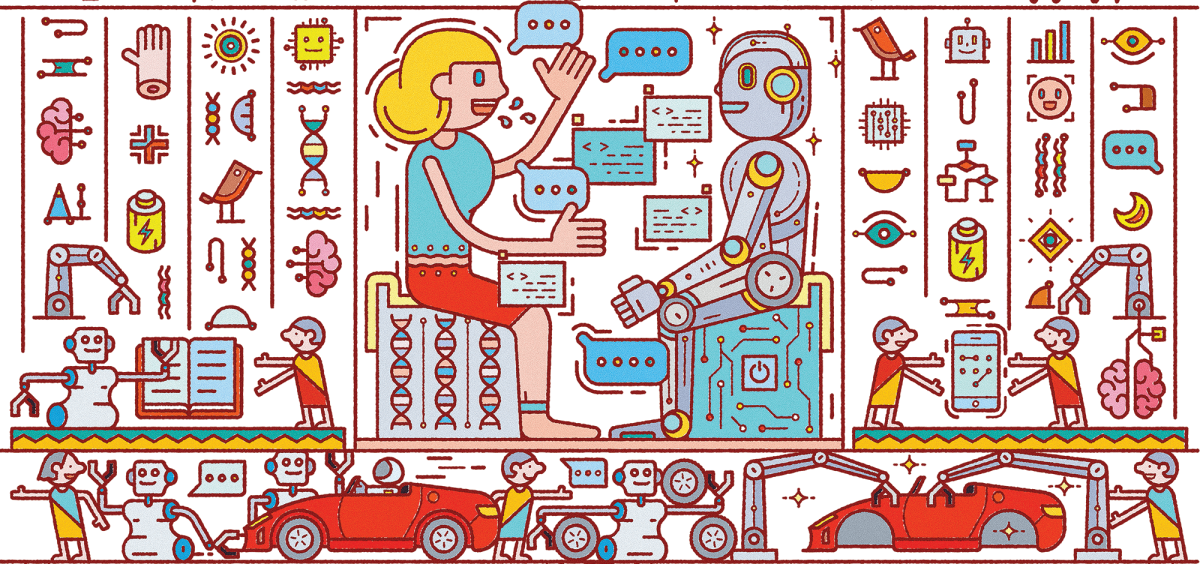
Enhanced Data Analysis and Decision Making
AI’s prowess in analyzing data cannot be overstated. It acts like a supercharged analyst, identifying patterns and opportunities that might go unnoticed by humans.
- Quick Insights: Businesses can make informed decisions faster.
- Predictive Analytics: AI helps anticipate market trends, allowing companies to stay ahead.
Pros and Cons
- Increased efficiency
- Reduced labor costs
- Enhanced data analysis
- Potential job displacement
- Initial investment costs
- Reduced human oversight
Personalization of Customer Experience
In today’s consumer-driven world, personalization is key. Automation allows businesses to tailor services to individual customer needs.
- Customized Recommendations: AI analyzes user behavior to suggest products or services.
- Improved Customer Support: Chatbots provide immediate assistance, enhancing customer satisfaction.
The Human Touch: Skills AI Cannot Replace
Emotional Intelligence
While AI can absorb information, it cannot grasp emotions. Human connection is essential for leadership, teamwork, and consumer interactions.
- Empathy in Leadership: Leaders who connect emotionally with their teams foster a supportive environment.
- Collaborative Culture: Emotional intelligence promotes collaboration and understanding.
Creativity and Innovation
While AI excels in optimization, it lacks the ability to dream or innovate like humans. The creative spirit inspires revolutionary ideas that machines cannot imitate.
- Innovative Solutions: Humans can conceptualize new products and services.
- Artistic Expression: In domains such as music and art, the human touch provides the emotional depth that AI lacks.
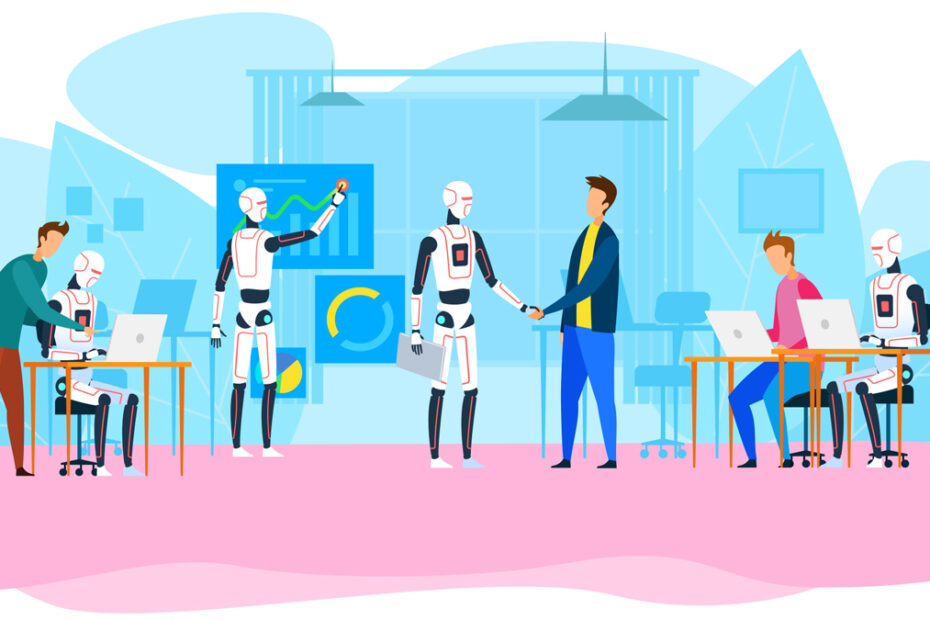
Ethical Judgment and Decision Making
AI can make data-driven judgments, but it does not consider moral implications. Human oversight is vital for ensuring that AI applications are consistent with societal norms.
- Moral Considerations: Humans assess ethical factors that AI cannot understand.
- Accountability: Human intervention is essential for holding AI accountable for its actions.
Challenges of Integrating Automation
Job Displacement Concerns
One of the most visible hurdles to automation is the fear of job loss. Many people are concerned that machines will eventually replace human workers.
- Job Role Shift: As some jobs become obsolete, other roles will develop that demand human oversight and inventiveness.
- Reskilling and Training: Businesses must engage in training programs to help employees transition to new responsibilities.
Ethical and Privacy Concerns
As AI systems handle sensitive data, ethical considerations come to the forefront. Businesses must navigate the complexities of privacy rights and ethical standards.
- Transparency: Companies should establish clear policies on how AI uses and analyzes data.
- Ethical Guidelines: Ensuring that AI aligns with ethical standards is crucial for building trust.
Dependency on Technology
An over-reliance on automation can diminish critical thinking skills. It’s vital to maintain a balance where AI supports rather than dominates decision-making.
- Encouraging Problem-Solving: Employees should continue to engage in critical thinking and problem-solving activities.
- Human Intuition: Maintaining human intuition in decision-making processes ensures a well-rounded approach.
Pros and Cons
- Streamlined operations
- Job satisfaction with higher-level tasks
- Ethical balance possible
- Risk of job loss
- Privacy concerns
- Reduced employee engagement if over-relied on
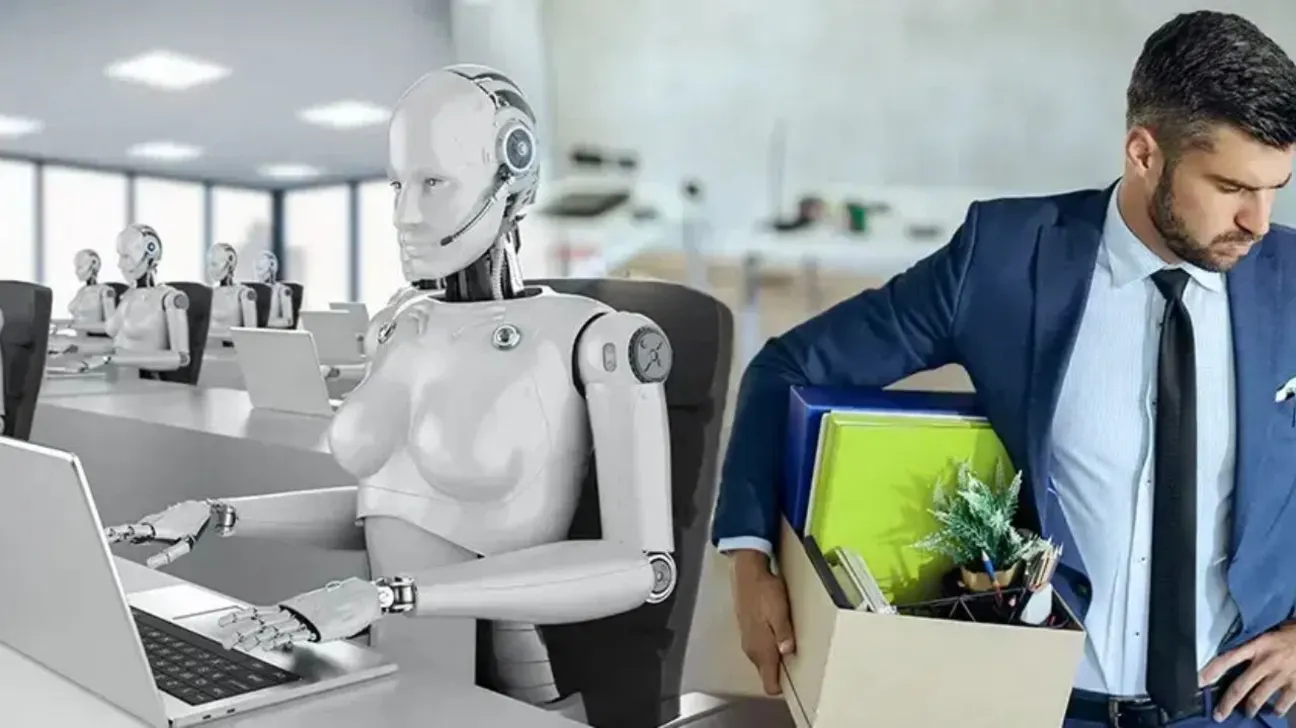
Balancing Automation and Human Labor
Collaborative Models
Creating a workplace where AI and humans can collaborate is critical. For example, AI can perform data analysis while humans analyze the results and make strategic judgments.
- Synergistic Work Environment: Encourage collaboration between AI technologies and human employees to optimize their skills.
- Shared Responsibilities: Define positions in which AI takes care of routine work while humans focus on strategic goals.
Training & Education
Investing in staff training is critical for a successful shift to an Automation and Human Labor workplace.
- Skill Development: Equip employees with skills to work alongside AI, including data literacy and ethical oversight.
- Continuous Learning: Encourage a learning culture to keep up with technology advances.
To effectively manage teams with AI and humans, leadership styles must develop.
Adapting Leadership and Management
Leadership styles must change in order to manage teams that contain both Automation and Human Labor.
- Nurturing Human Skills: Leaders should prioritize cultivating their teams’ emotional intelligence, creativity, and critical thinking.
- Promoting Innovation: Create a culture that values human input alongside technology breakthroughs.
Real-World Examples of Balancing Automation and Human Labor
1. Healthcare: AI-Assisted Diagnosis and Treatment
AI analyzes medical data to help with diagnostics at institutions such as the Cleveland Clinic. Human doctors, on the other hand, make final judgments, which improves accuracy while maintaining the important human touch in patient care.
2. Finance: AI for Risk Assessment and Management.
JPMorgan Chase uses AI for risk assessment and fraud detection. While AI swiftly processes data, human analysts review findings to ensure that ethical issues are factored into financial decisions.
3. Manufacturing: AI and Human Collaboration.
BMW uses AI-powered robots in its factories to do precise jobs. Humans oversee these processes, providing quality control and making difficult decisions, emphasizing the need for human talents in manufacturing.
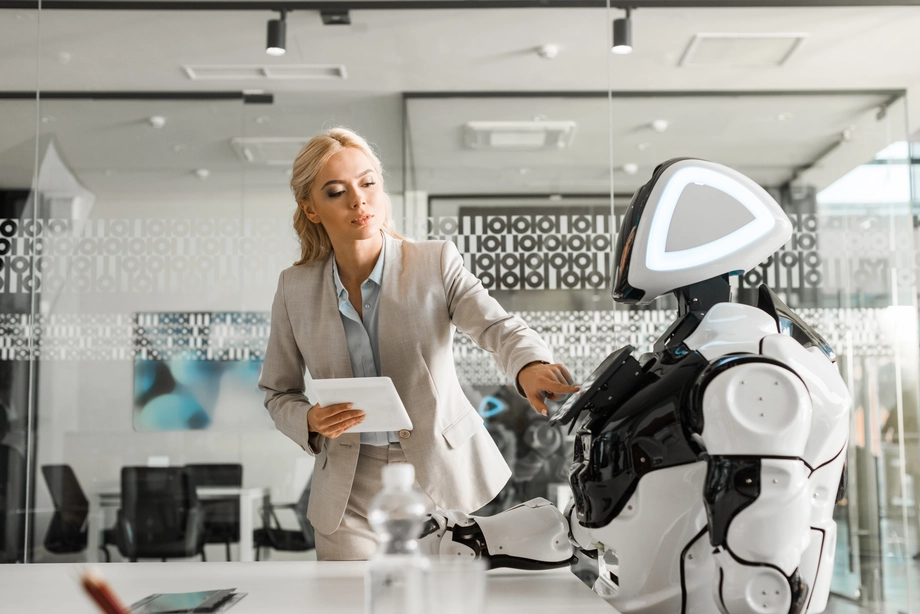
Conclusion
The future of work is not about choosing between automation and human labor; it is about striking a happy equilibrium in which both coexist and thrive. By embracing automation’s efficiencies while developing the unique attributes that only humans can provide, we can establish an inventive, ethical, and humane workplace. As we stand at this crossroads, the path forward is clear: prioritize collaboration, invest in skills, and advocate for a future in which automation enhances rather than reduces human potential. Together, we can create a workplace that embodies the best of both worlds, ensuring that the human touch remains central to our efforts as we move forward.
